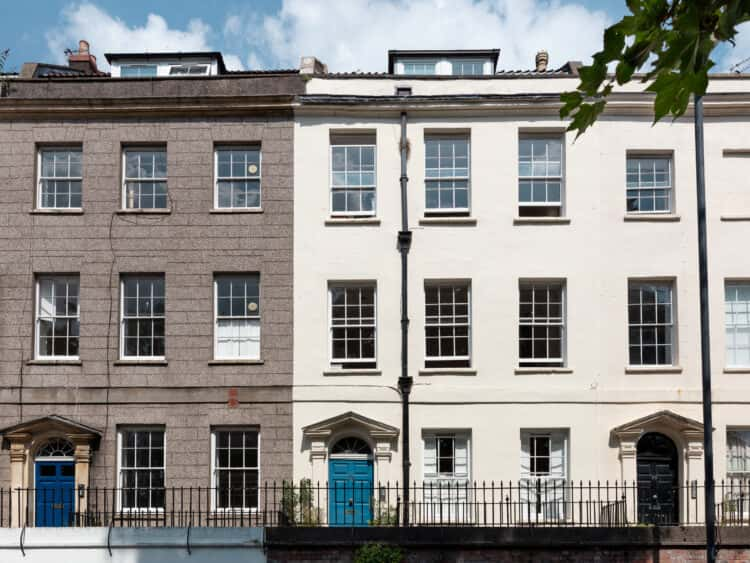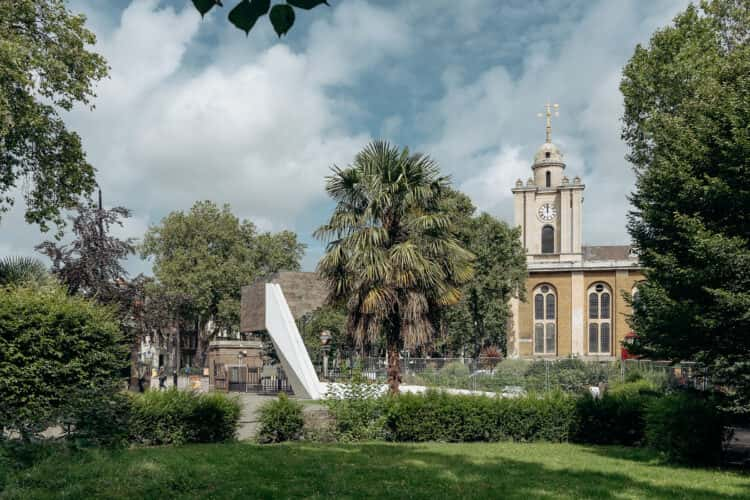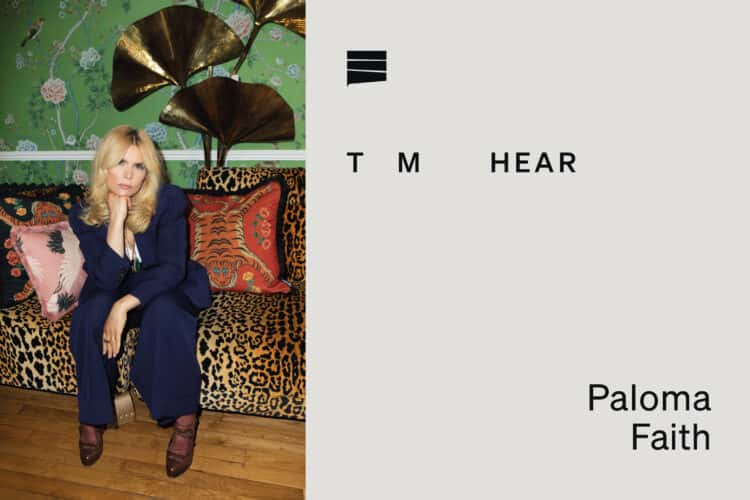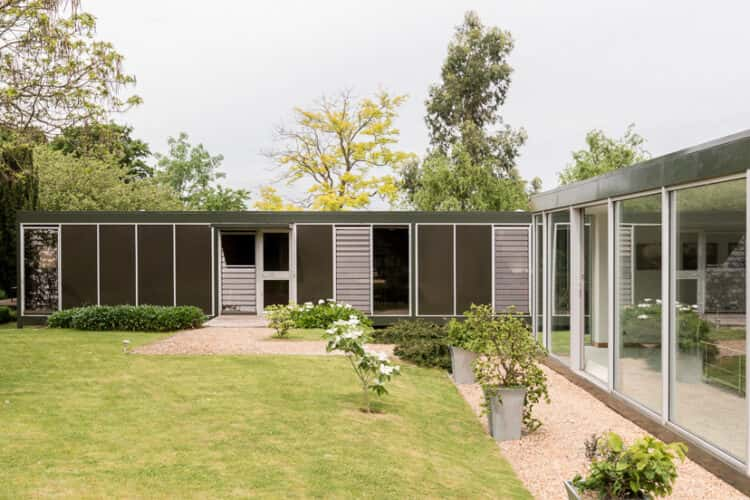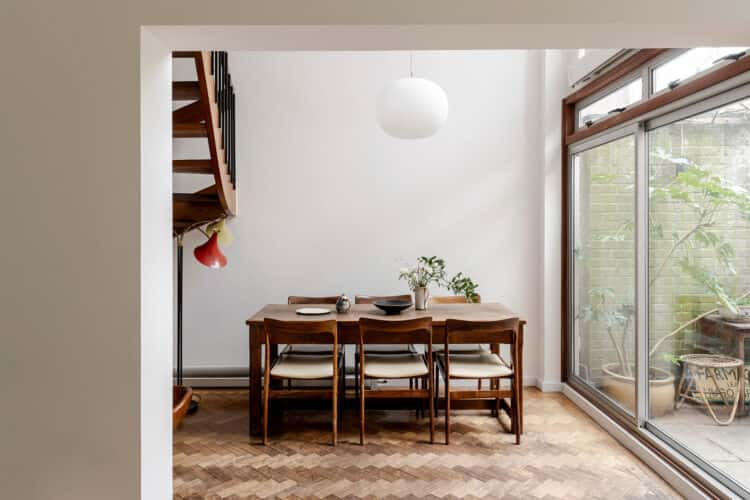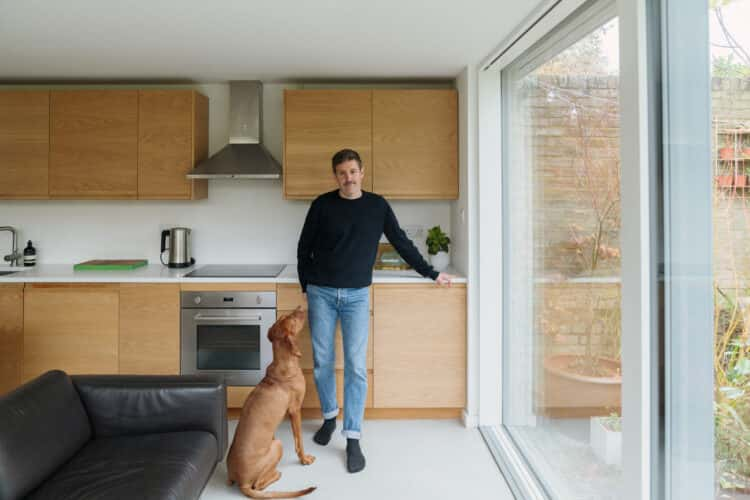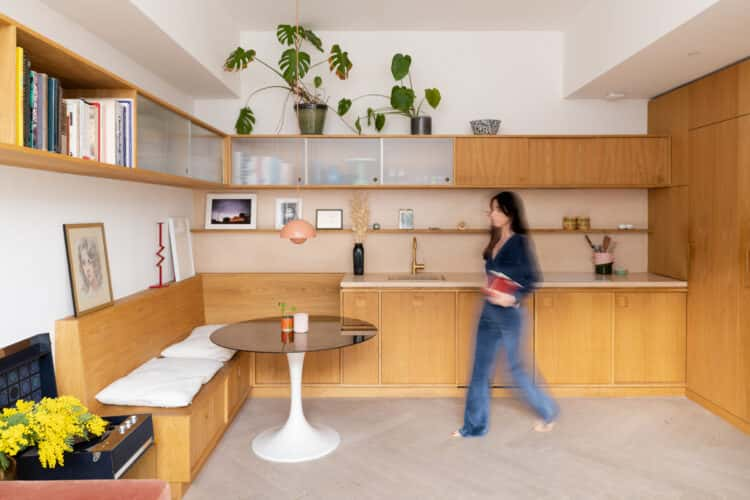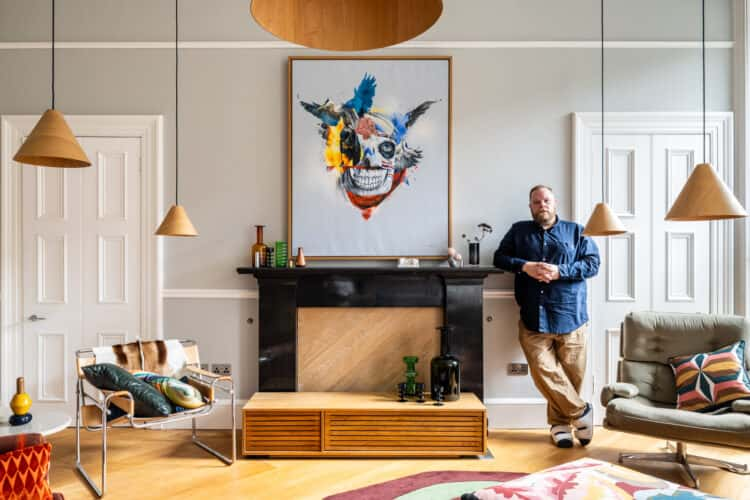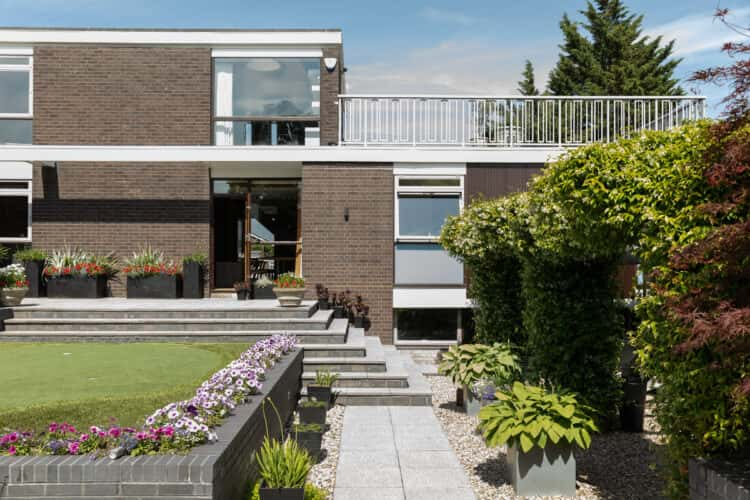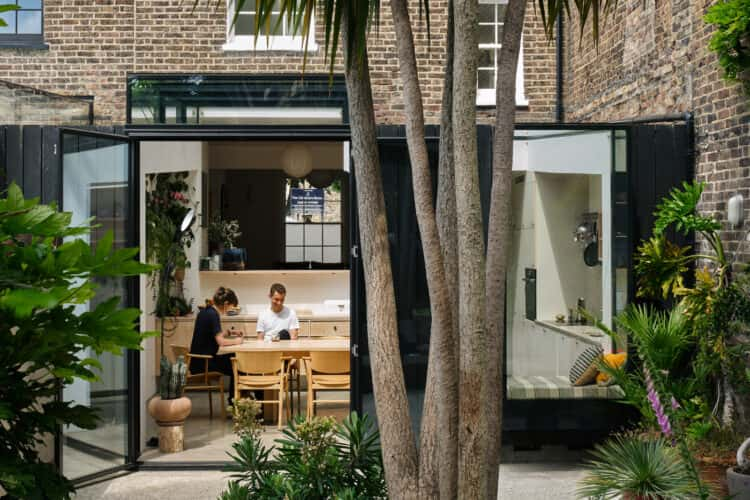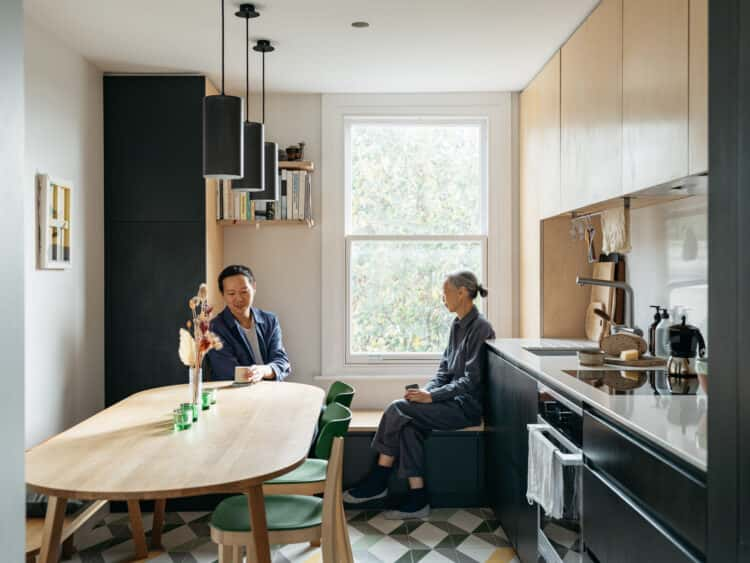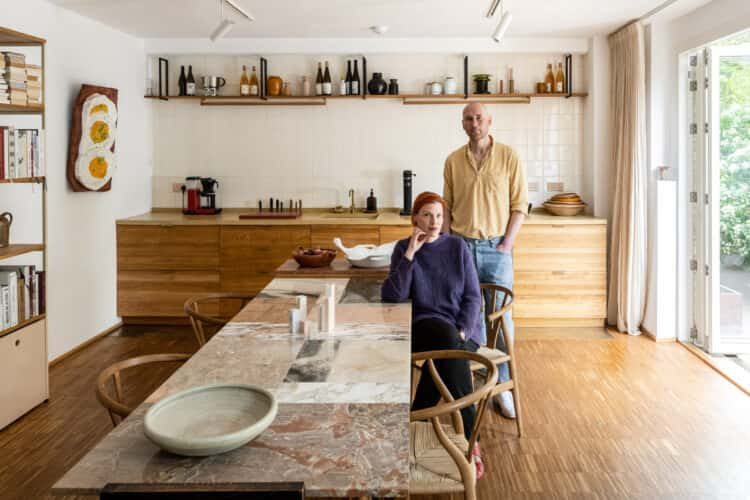Architect Nicola Chan on the joys of lateral living at her carefully renovated Georgian apartment in Clifton, Bristol
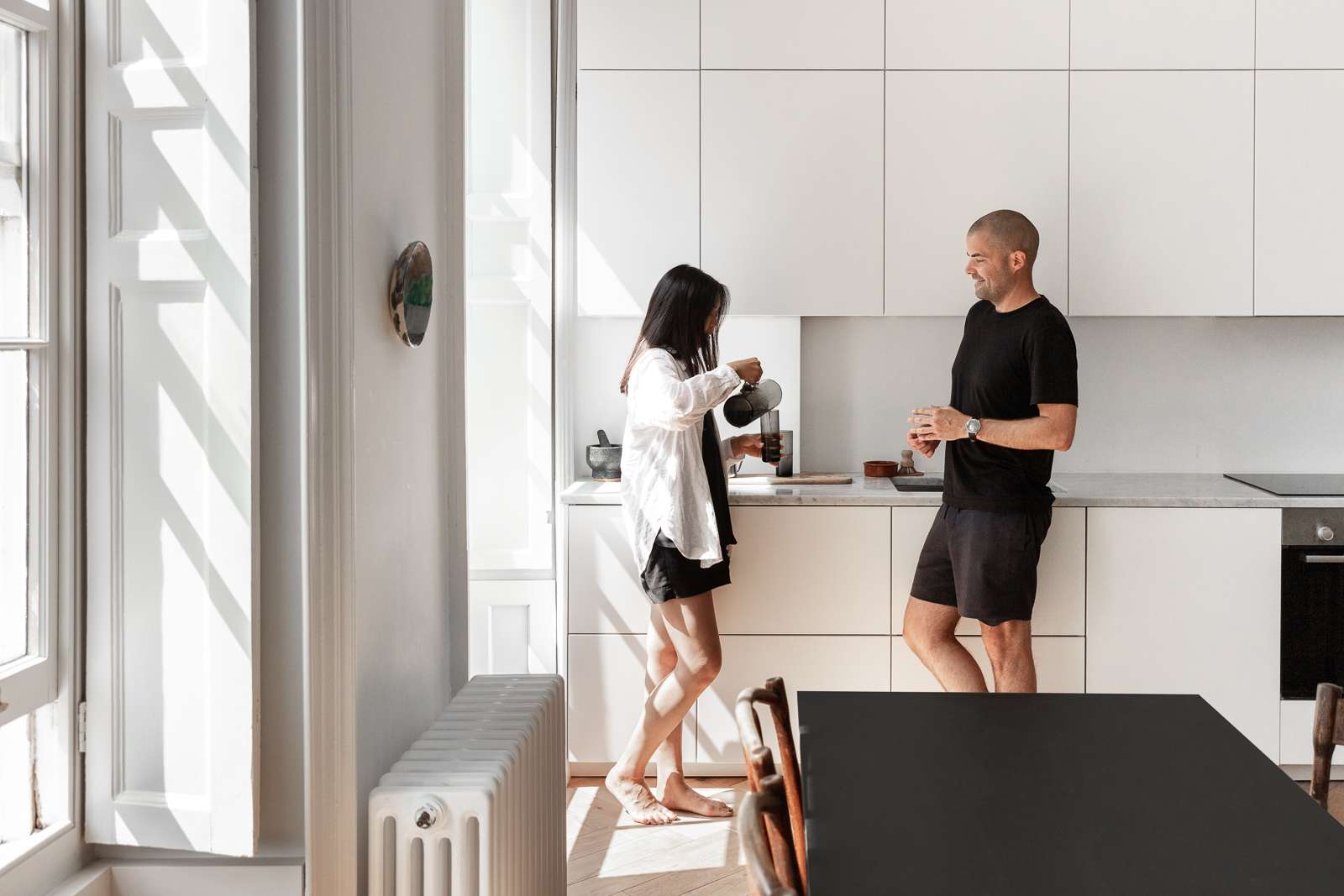
The apartment itself was tired and oddly configured, so Nicola and Tom set about sensitively restoring it, opening the space up and carrying out almost every element of the work themselves – from laying the parquet flooring to designing the interiors. As the couple moves onto their next project, Nicola takes us through the renovation process and tells us why pulling down walls was a priority and about her love for subtleties in design. Check out the listing here.
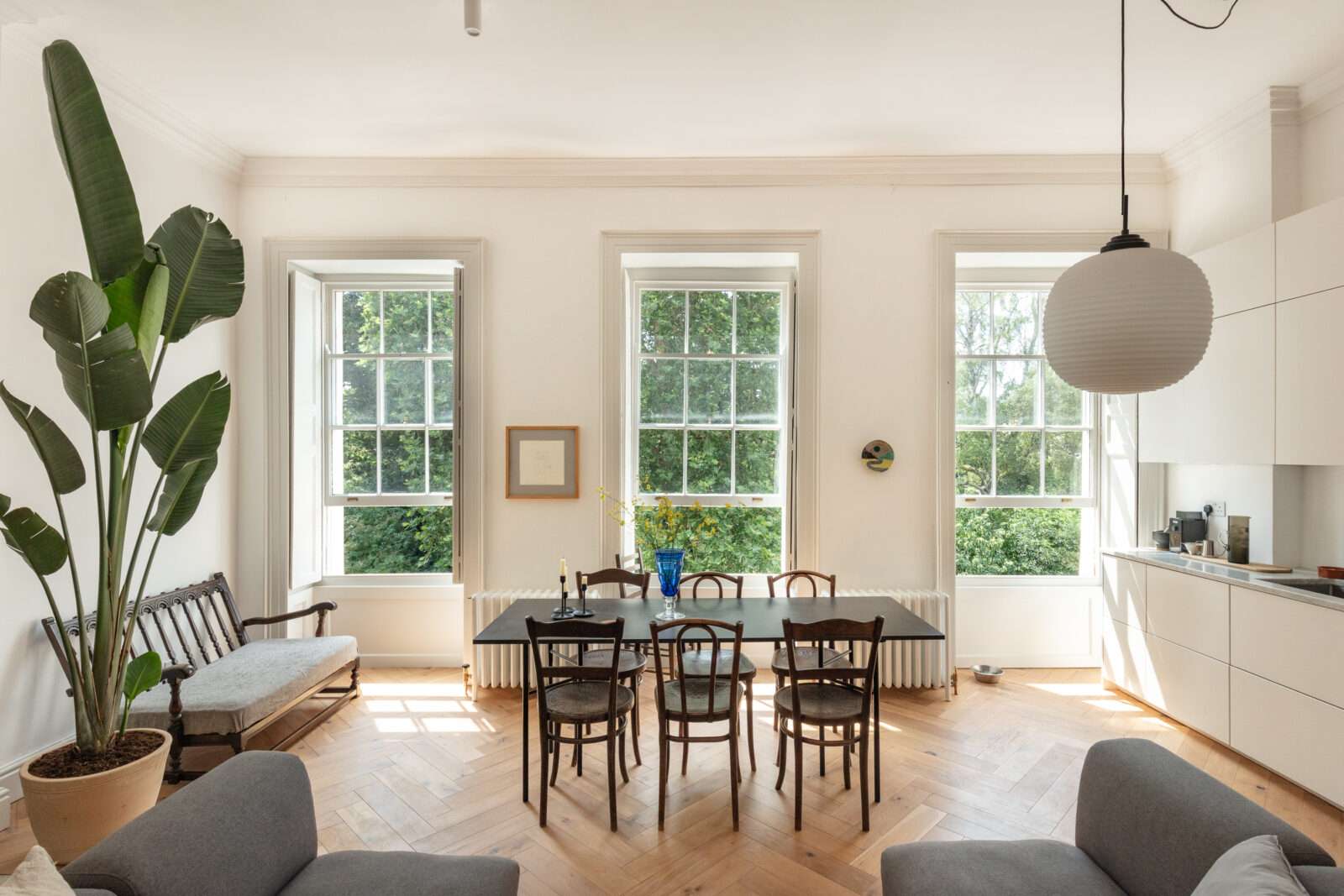
Nicola: “Our house in Easton had a garden and was bigger than our flat in London, but I quickly realised that I missed the sense of space you get in a single-level apartment. The thing about Victorian houses is that the staircases and hallways take up a lot of space.
“We were attracted to Clifton because of the amazing Georgian buildings and the fact that there are lots of green spaces where we could walk our dog. I wanted to find a flat that we could open up, as so many apartments have been really awkwardly subdivided in a way that doesn’t make the most of the architecture.
“This flat is spread across the first floor of a Grade II-listed Georgian building on a pretty horseshoe-shaped terrace, and we immediately knew it was the one. The fact it’s elevated means you get amazing light and views – it looks out onto trees in a churchyard at the front and onto beautiful communal gardens at the back, which we have access to, and are managed by a group of gardeners who live in the terrace. Even though we don’t have direct access to the garden, the views from the windows make you feel like you’re a part of nature.
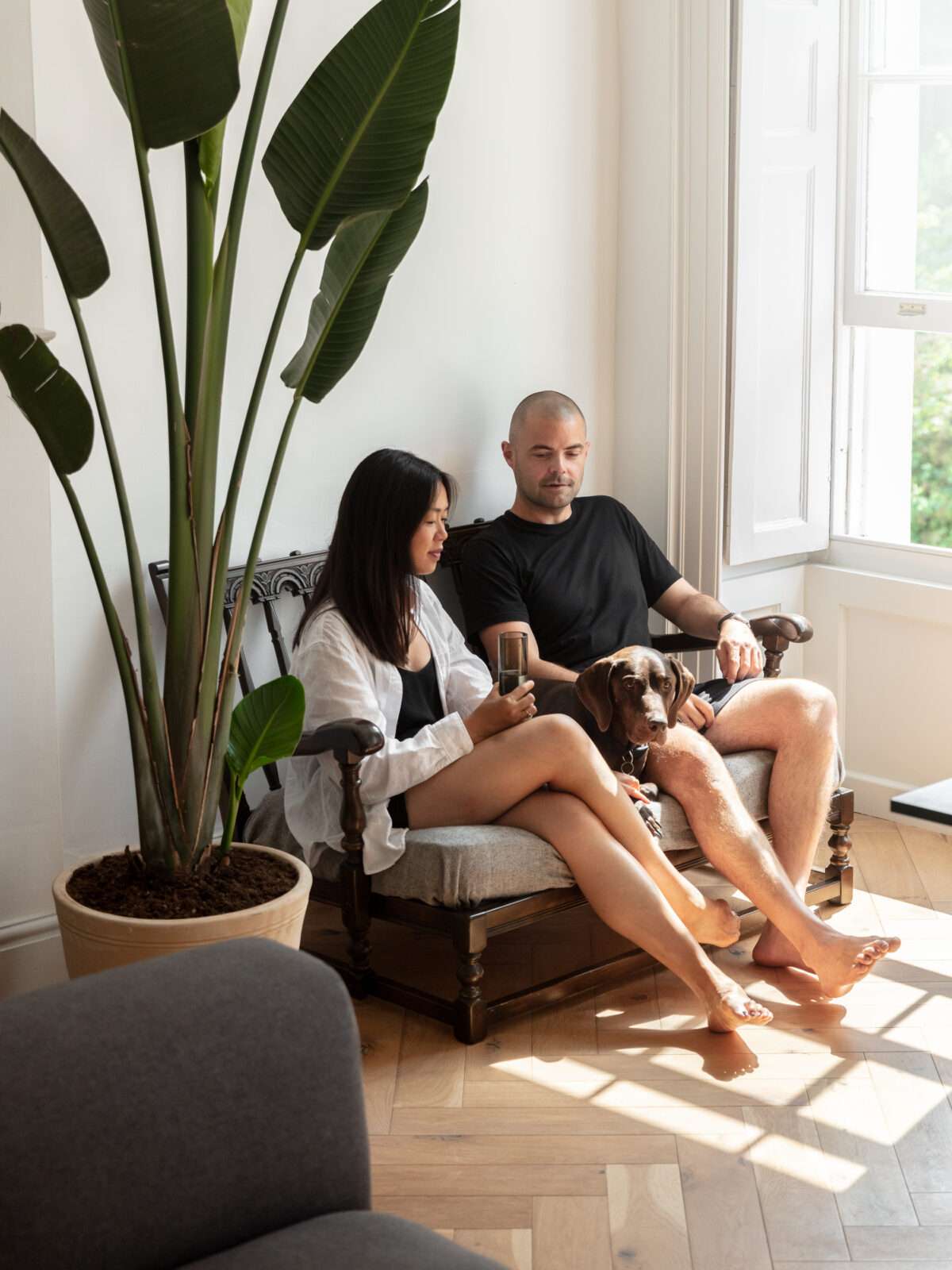
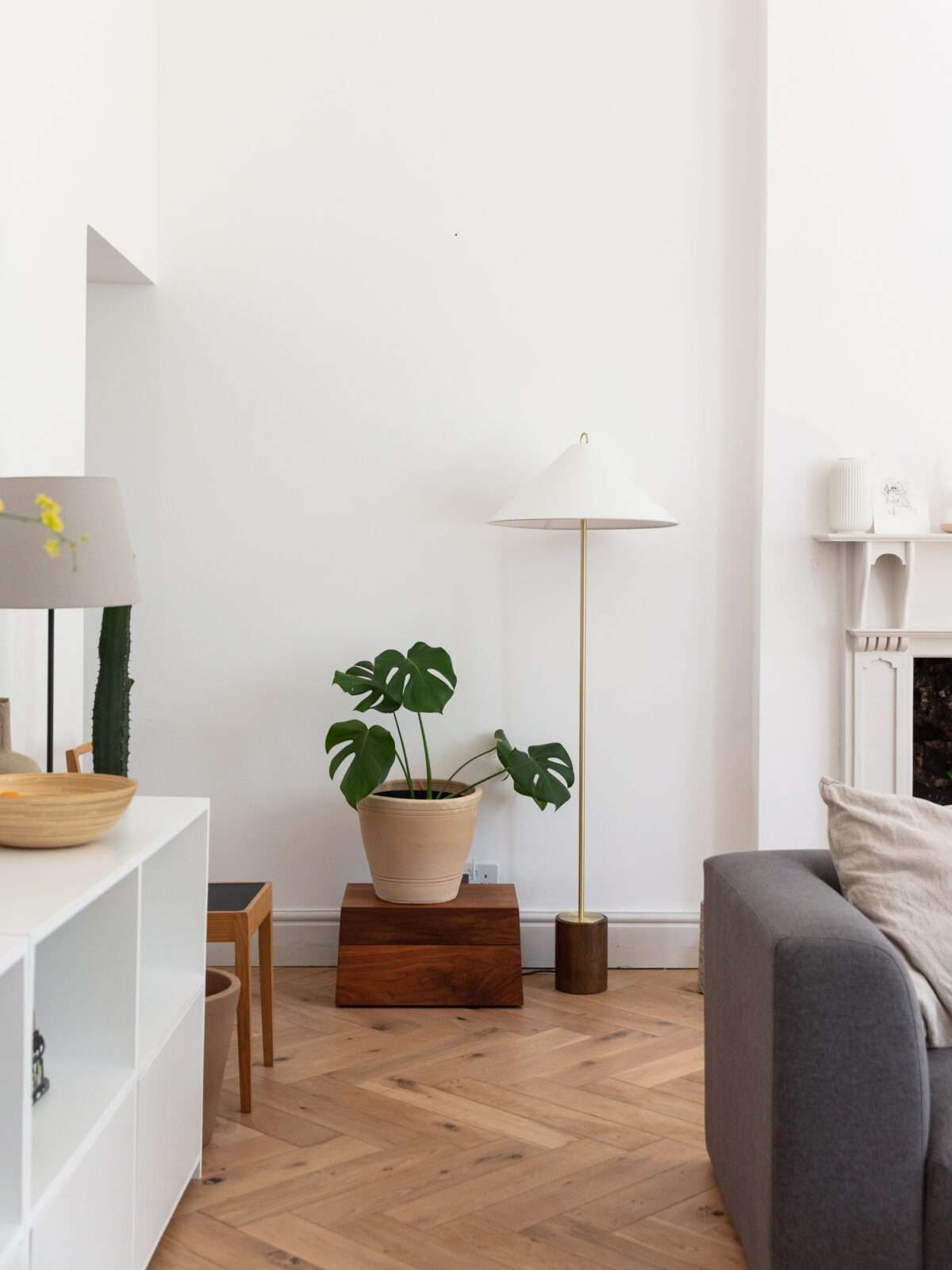
“The flat was very tired, with beige carpets, magnolia walls, and oddly positioned walls that obstructed the windows. The amount of corridor space wasn’t working as it meant the flat was split up strangely. We wanted to revert to the original Georgian proportions by reconfiguring the rooms to take away the hallways and make the most of the huge sash windows throughout, especially the three running along the front of the flat.
“The building had been renovated in the 1990s, which meant that our renovation was relatively straightforward as we didn’t have to deal with all the problems that come with working on listed buildings for the first time. All the old lathe and plaster had been stripped out, but the original windows and cornicing luckily remained. We patched up the cornices where needed and sanded down the window frames and shutters before repainting them.
“In terms of the layout, we opened up the rooms along the front of the flat to create a big open-plan living area with the kitchen running down one side of the space and three-metre-high windows looking out onto the trees. Now, it’s a super flexible space where we eat, entertain friends, watch television and work from home when we need to. At the back of the flat, we turned two bedrooms and a bathroom into two really nicely proportioned bedrooms, putting a bathroom in the middle of the flat. For us, it was really important to prioritise the space given to the bedrooms.
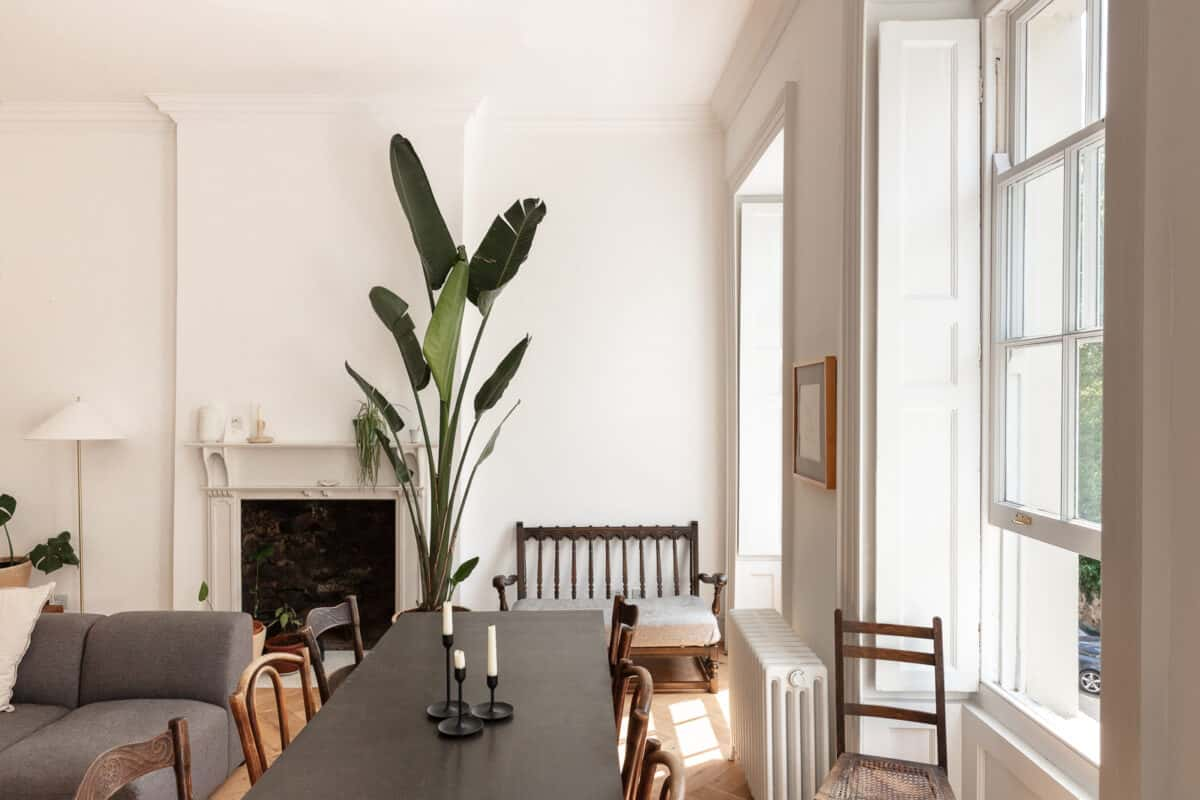
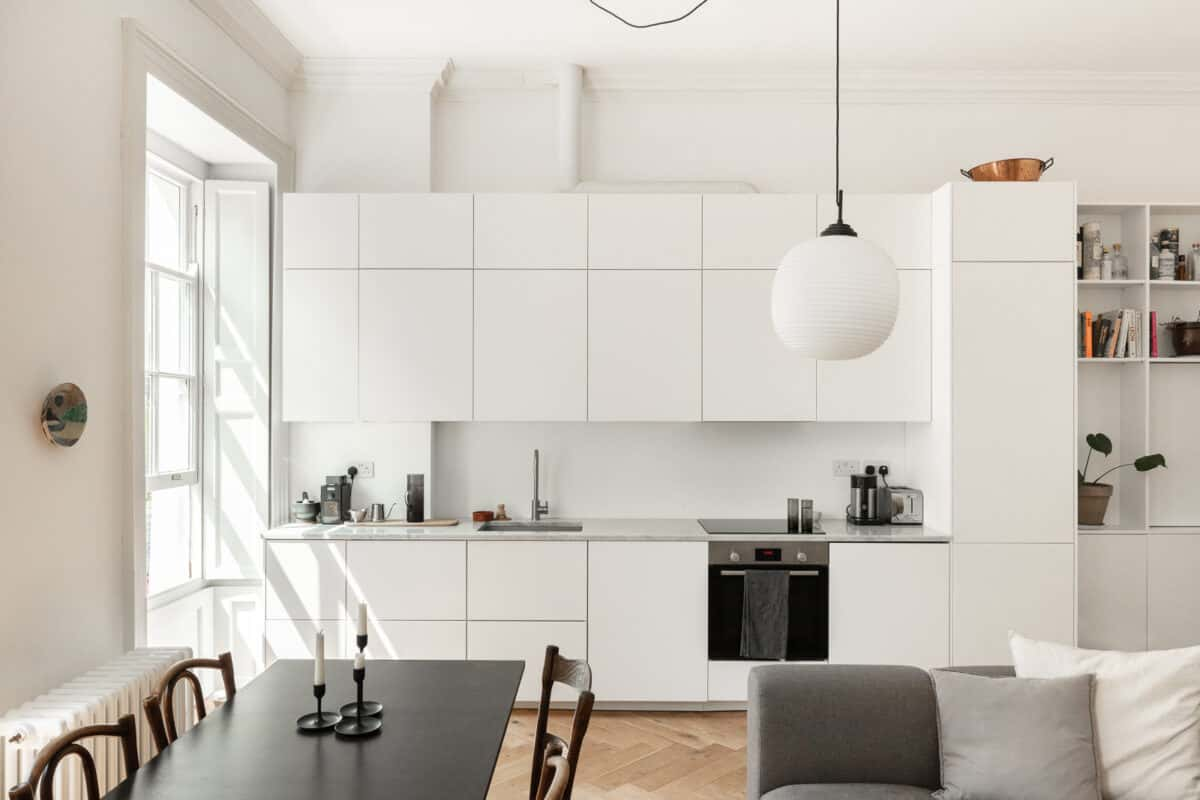
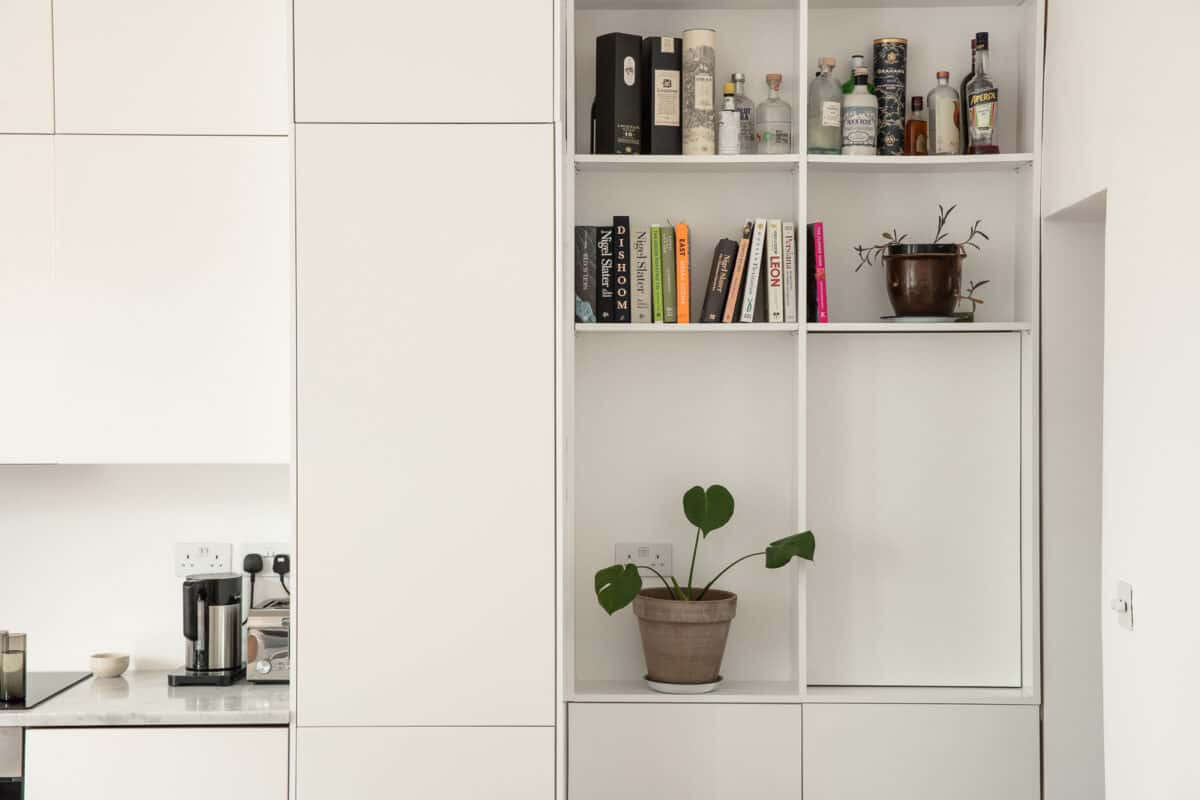
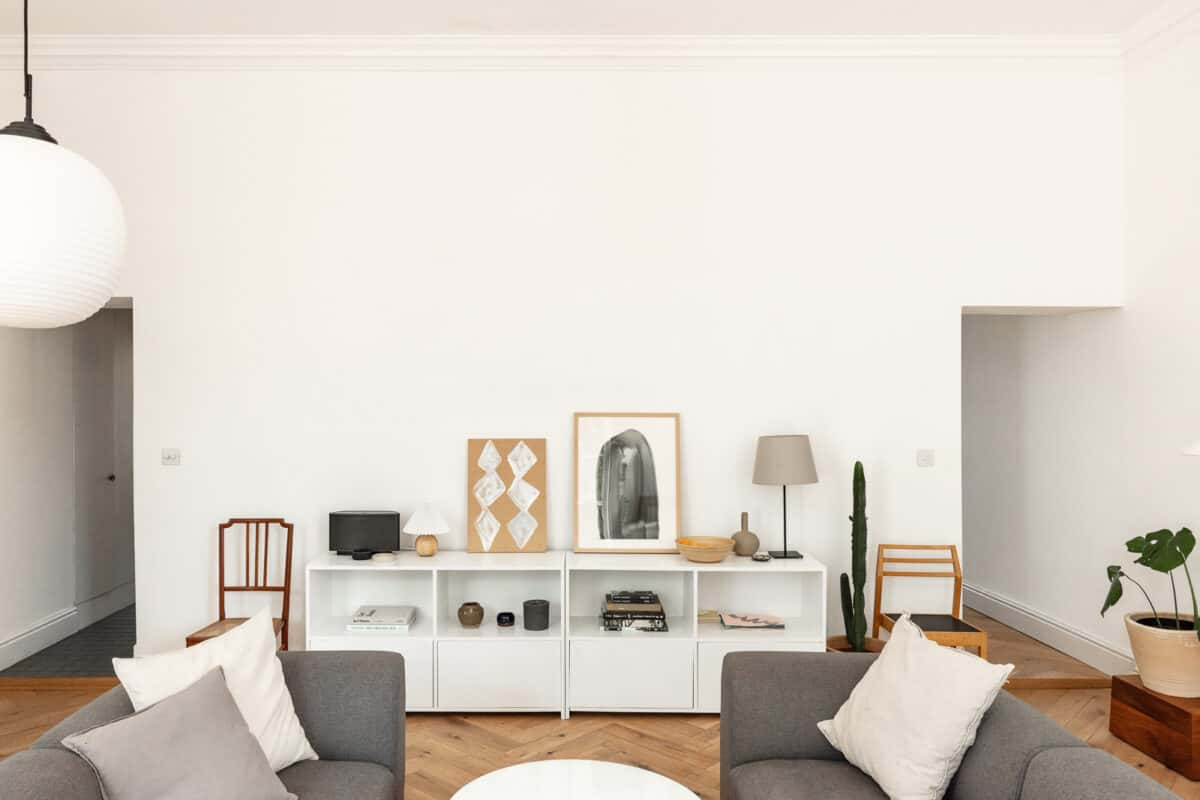
“We spent a few months planning the layout for the space and getting quotes from local builders. We then realised what we wanted to achieve was completely unaffordable if we hired builders, so decided to do a lot of the work ourselves. We spent about four months pulling down flimsy internal walls and laying a herringbone parquet oak floor. We would have loved to have salvaged the original floors, but they’d been ripped out when the building had been converted into flats in the 1990s and we were just left with tired carpet. The parquet took hours and hours to lay, but it was worth it.
“Pulling down the walls was one of the most difficult tasks because they were so tall. The rooms are essentially two storeys high, so it was quite hard for the two of us to get high enough. My brother-in-law, who fits kitchens for a living, helped us get started with the building work for the first four weeks, which was amazingly helpful as he’s very handy.
“The palette in the flat is quite calm and pared back, as we didn’t want to distract from the existing features. Tom built the kitchen and we decided to keep it white as it would have been quite overbearing if we went for another colour.
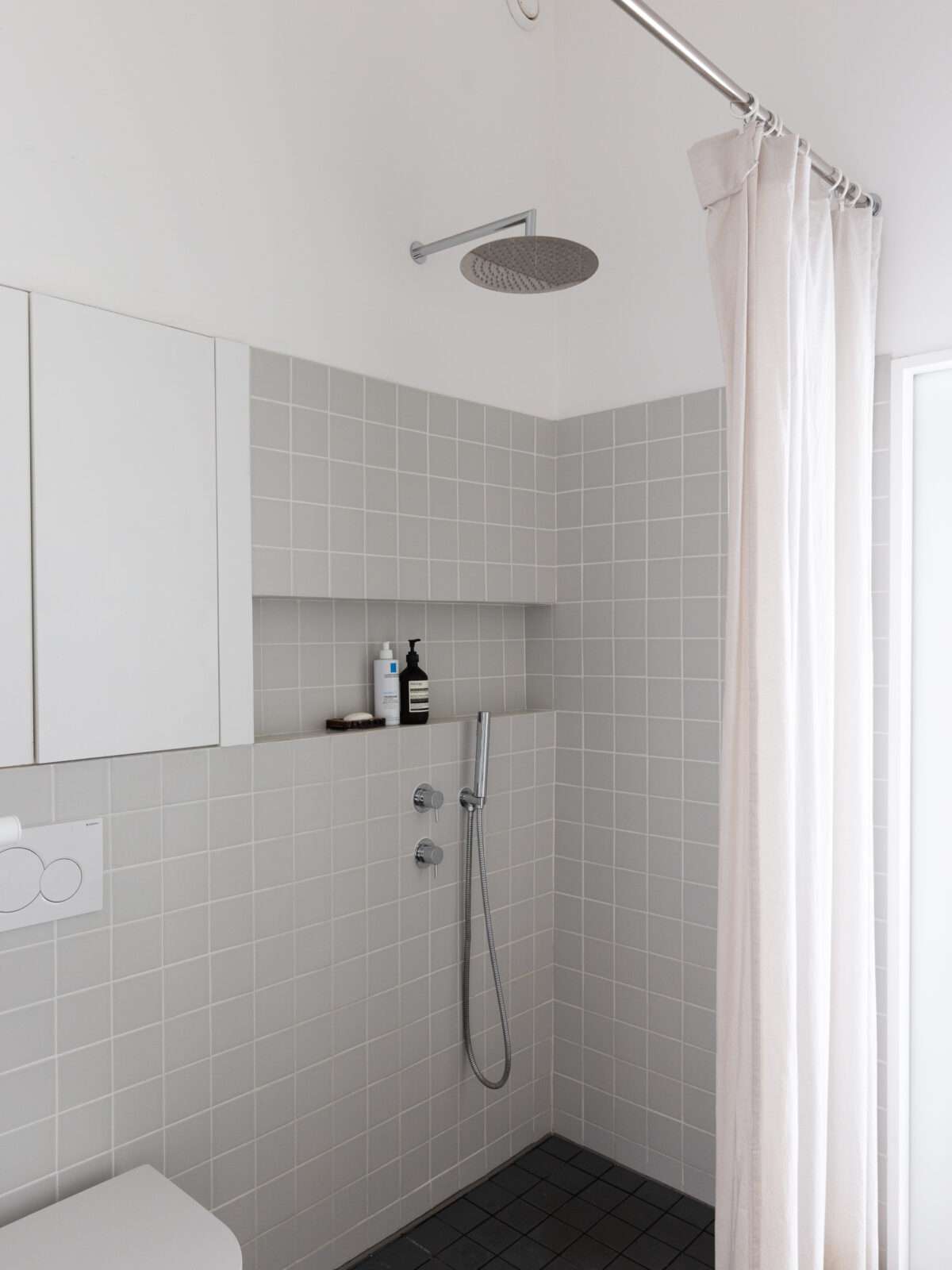
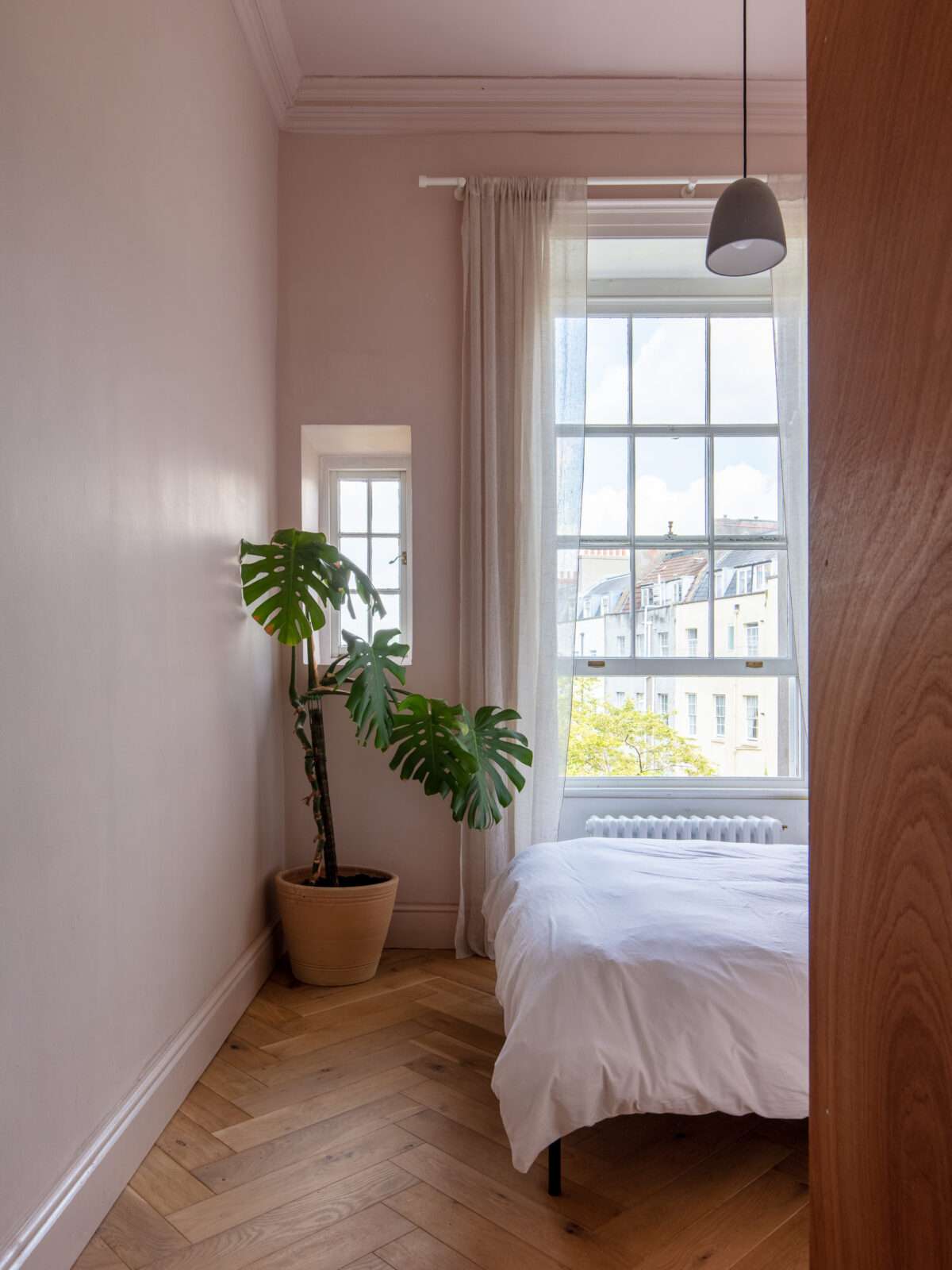
“As an architect, I don’t like following what’s trendy and mainly work with existing buildings, celebrating their original features. My motto is that the design of a space should never distract from the character of the building. I appreciate the subtleties of what design can do.
“This space was very much a joint project, but I took on more of the details, while Tom led on the building side. We’ve worked on lots of projects together and I tend to assume the role of coordinator and designer.
“My favourite spot in the flat is sitting on an old Ercol bench in the open-plan living area. It’s right next to the window and you get such a nice view of the trees. We’ve collected lots of old chairs for the flat too, including some nice Thonet ones for the dining table, which we made ourselves out of a piece of black, man-made wood that we rested on top of trestles. We’ve tried to mix old and new throughout the flat to create a coherent whole.
“We change the layout quite a lot in the open-plan room depending on how we’re using the space. We can set it up for friends coming over for a film night or move the dining table in front of the big windows if we’re having friends over for food.
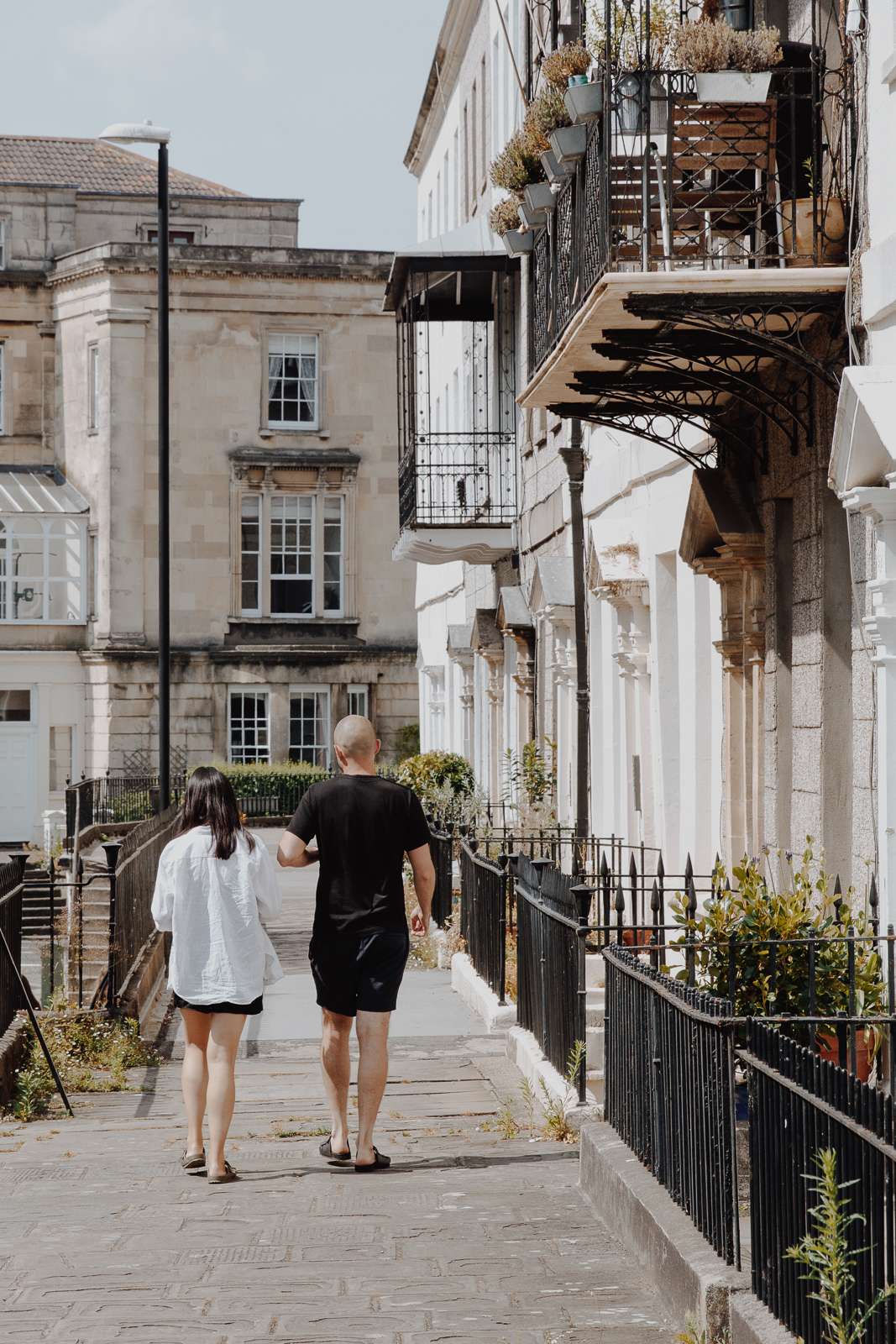
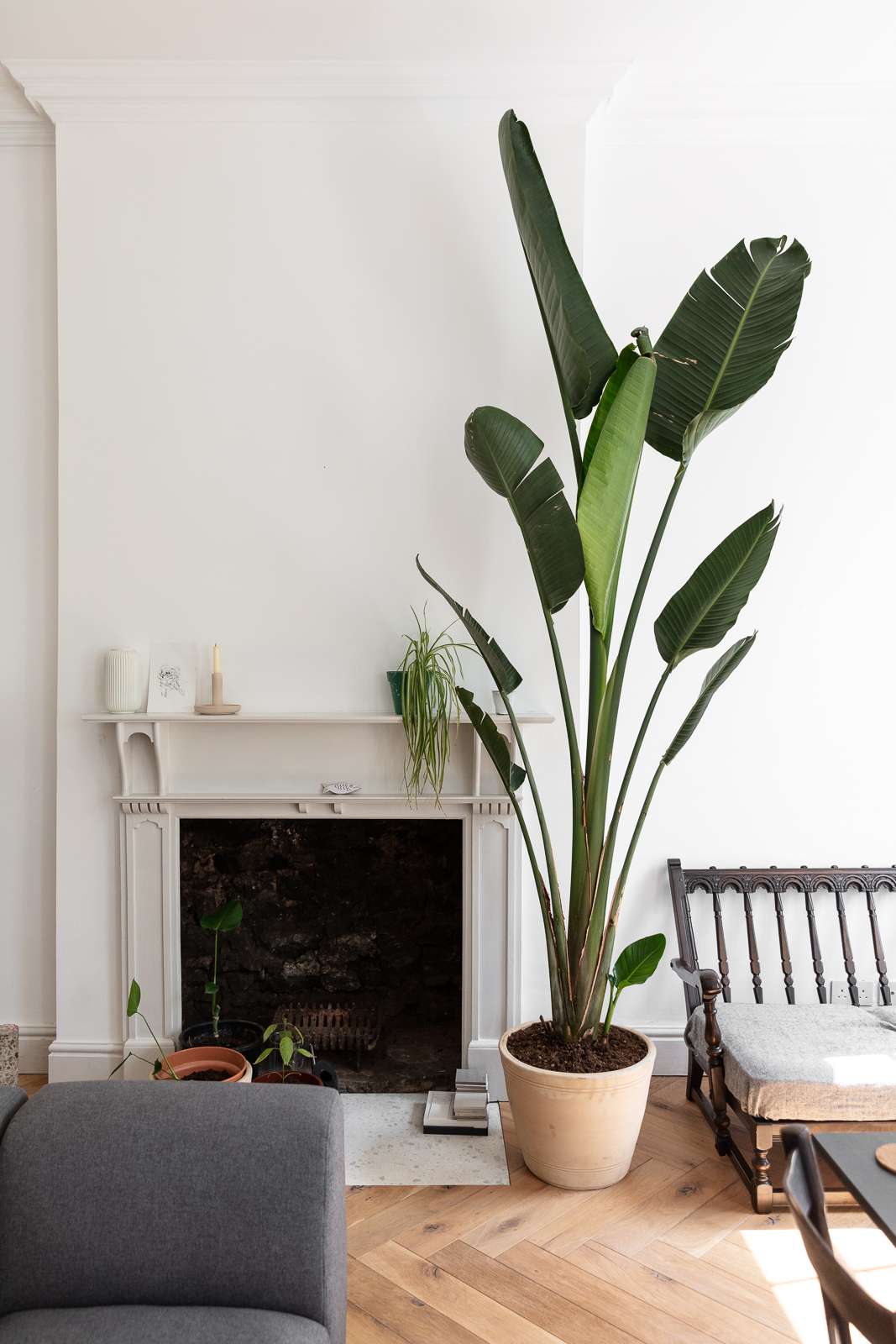
“Having this flexibility really helped us over lockdown as the space could be adapted to suit our needs. For me, this is what modern living is all about – it’s about spaces being flexible and performing multiple functions, whether you create distinct zones or define even just a corner with furniture. Few of us can afford houses with masses of rooms, so it’s about thinking about how one large space can answer all your needs.
“We’re not very good at staying in one place for too long and we’re selling to move onto another project. We bought some barns in Pembrokeshire last year, which are a bit of a slow burner, but we’re thinking about buying a houseboat and fitting it out. We might end up back in Bristol, but we want to try being in nature a bit more and living a slightly simpler life.
“I hope the next owners will love the open-plan space as much as we have. There is so much scope for different interior layouts and we’d hope that someone could feel they could put their own stamp on the place.”
